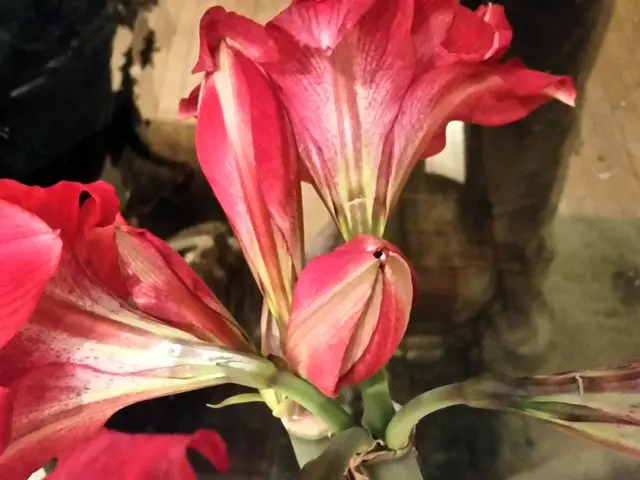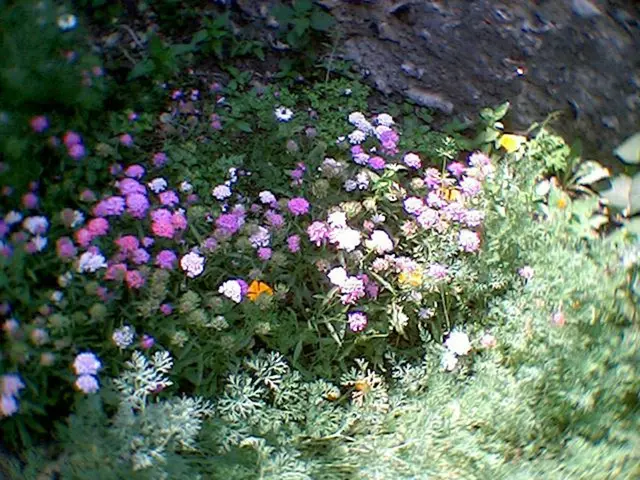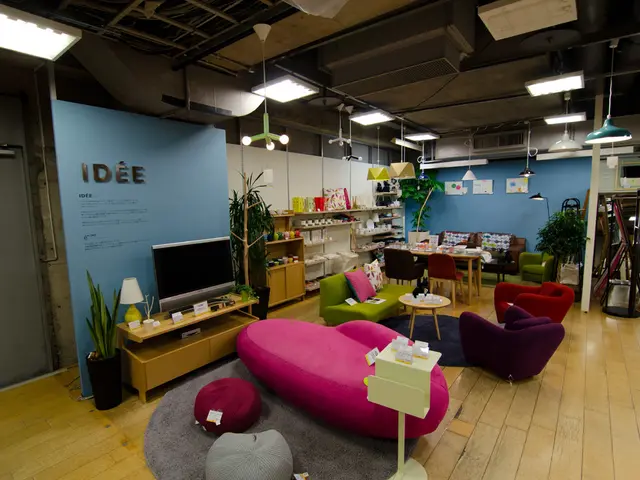Dive into the World's Most Innovative Wetland Gardening Methods: Your Guide to Sustainable Farming
Odd Wetland Cultivation Methods Unearthed
From the floating gardens of France to the ancient islands of Mexico, discover global wetland growing systems that harness water for thriving crops. As the UK faces changing weather patterns and unpredictable rainfall, these eco-friendly techniques provide solutions for waterlogged soils, boosting fertility, resilience, and biodiversity. Whether you're managing a boggy allotment or venturing into aquaponics, let these innovative methods inspire your gardening journey - all while saving water, reducing waste, and adapting to the challenges of climate change.
Index
- Hortillonnages (France)
- Description
- Key Features
- Fun Fact
- Chinampas (Mexico)
- Description
- Key Features
- Did You Know?
- Floating Gardens (Bangladesh and Myanmar)
- Description
- Key Features
- Intriguing Fact
- Waru Waru (South America)
- Description
- Key Features
- Rice Paddies (Asia)
- Description
- Key Features
- Integrated Aquaculture-Agriculture (Global)
- Description
- Key Features
- Fascinating Tidbit
- Tidal Irrigation (Europe and Asia)
- Description
- Key Features
- Interesting Information
- Raised Field Agriculture (Global)
- Description
- Key Features
- Surprising Insight
- Wetland Taro Cultivation (Pacific Islands)
- Description
- Key Features
- Curious Minds Want to Know
- Floating Rice Cultivation (Southeast Asia)
- Description
- Key Features
- Dambo (Southern & Eastern Africa)
- Description
- Key Features
- Mind-Blowing Truth
- Paludiculture (Europe and Beyond)
- Description
- Key Features
1. Hortillonnages (France)
- Description: Hortillonnages are floating gardens found in the marshlands of Amiens, France. They consist of small, man-made islands surrounded by canals, where crops are grown on fertile, waterlogged soil.
- Key Features: Raised beds, organic soil, managed irrigation and drainage.
- Fun Fact: Traditionally used for growing vegetables and flowers!
2. Chinampas (Mexico)
- Description: Chinampas are artificial islands built in freshwater lakes, particularly in the Valley of Mexico. They were developed by the Aztecs and involve creating rectangular plots of fertile soil anchored to the lakebed.
- Key Features: Constructed using layers of mud, vegetation, and organic matter.
- Did You Know? Crops grown include maize, beans, squash, and flowers!
3. Floating Gardens (Bangladesh and Myanmar)
- Description: Known as baira or dhap, these are rafts made of water hyacinth, bamboo, or other buoyant materials, topped with soil and compost. They are used in flood-prone regions to grow vegetables and herbs.
- Key Features: Adaptable to seasonal flooding.
- Intriguing Fact: Gourds, spinach, and okra are common crops grown on these floating islands!
4. Waru Waru (South America)
- Description: An ancient Andean agricultural system used in the high-altitude regions of Peru and Bolivia. It involves raised fields surrounded by water channels to regulate temperature and moisture.
- Key Features: Raised beds and irrigation canals.
5. Rice Paddies (Asia)
- Description: Flooded fields used for growing rice, commonly found in countries like China, India, Japan, and Southeast Asia. The paddies are carefully managed to maintain water levels.
- Key Features: Requires terracing in hilly regions and supports fish and ducks in integrated systems.
More Wetland Growing Systems Below!
6. Integrated Aquaculture-Agriculture (Global)
- Description: Combines fish farming with crop cultivation, using fish waste to fertilize the crops and plants to filter the water for the fish.
- Key Features: Sustainable food production in Southeast Asia.
- Fascinating Tidbit: Commonly uses tilapia and carp.
7. Tidal Irrigation (Europe and Asia)
- Description: Uses tidal flows to irrigate crops in coastal or estuarine areas. It was historically used in places like the Netherlands and parts of China.
- Key Features: Utilizes natural tidal movements and supports barley, wheat, and vegetables.
- Interesting Information: Helps manage salinity in coastal soils.
8. Raised Field Agriculture (Global)
- Description: Raised fields are elevated plots of soil surrounded by water channels, used in wetland areas to improve drainage and soil fertility.
- Key Features: Promotes maize, beans, and root vegetables.
9. Wetland Taro Cultivation (Pacific Islands)
- Description: Taro is grown in flooded fields or wetland areas, particularly in Hawaii, Fiji, and other Pacific Islands. The fields are carefully managed to maintain water levels.
- Key Features: Culturally significant across Pacific Island communities.
10. Floating Rice Cultivation (Southeast Asia)
- Description: Traditional method of growing rice in deep-water or flood-prone areas. The rice varieties used can elongate their stems to keep pace with rising water levels.
- Key Features: Provides food security in areas with seasonal flooding.
11. Dambo (Southern & Eastern Africa)
- Description: Seasonal wetlands used for agriculture during the dry season. Crops are grown in the fertile, moist soils left after the water recedes.
- Key Features: Supports maize, vegetables, and legumes, and provides a buffer against drought.
12. Paludiculture (Europe and Beyond)
- Description: Modern approach to wetland agriculture that focuses on sustainable cultivation of crops like reeds, cattails, and peat moss in rewetted peatlands.
- Key Features: Aims to restore degraded wetlands while producing biomass, reducing greenhouse gas emissions.
- In the field of environmental science, sustainable living can be promoted through innovative gardening methods like hortillonnages from France, which encouragingly save water and boost crop growth on waterlogged soils.
- For those interested in lifestyle changes towards sustainable living, the traditional chinampas from Mexico offer a fascinating approach to farming, using man-made islands built in freshwater lakes for growing crops such as maize, beans, and flowers.
- In home-and-garden pursuits, floating gardens like those found in Bangladesh and Myanmar provide a practical solution for gardening in flood-prone regions, supporting the growth of gourds, spinach, and okra on rafts made of buoyant materials.








